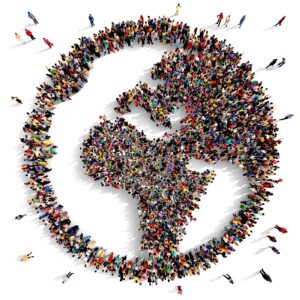As I reflected on this year’s IWD theme taking responsibility for our thoughts and actions. When we choose to challenge our own beliefs, as well as others, how do we challenge bias?
I know, the mere mention of “bias” produces a confused or wary look. Like ‘politics’ or ‘power,’ it elicits a visceral reaction, often filed under “negative.”
Bias is our natural proclivity, choosing one thing over another, and is not always negative. Bias is not good nor bad; it’s how our brains work. For those who actually think they’re not biased, the nature of deception is such that you never know when you are being deceived. Or you’re a Martian.
Researching women in leadership in Asia Pacific, I’ve seen unconscious bias all across organisations, and its impact (not so good) on diversity and inclusion efforts. We’ve all participated in some form of unconscious bias training. Does it stick?
Every facet of the employee life cycle; recruitment, on-boarding, promotion, pay, talent-mapping, and leadership selection — all provide opportunities for bias to flourish. If we choose to challenge our decisions at each one of these cycles, bias awareness is much more likely to stick.
Progress of sorts is being made. According to Catalyst, “In 2019, the proportion of women in senior management roles globally grew to 29%, the highest number ever recorded. In 2020, this percentage remains the same.”
So why am I focusing on bias, and choosing to challenge matters? Here’s why.
Conscious or unconscious, bias hinders our ability to accept something new or different. Bias triggers an automatic reaction towards a person, place or thing.
I’ve witnessed more automatic judgement or over-reliance on a certain leadership quality than I can recall. But of course, leadership encompasses many capabilities, not just one. We possess those unconscious beliefs of what we believe leadership to be, or assume similarities with leaders across cultures.
Otherwise, those beliefs (tucked away in the recesses of our minds) affect our perspective and impact a leadership selection process. How could it not?
Leadership selection highlights the challenges with bias, often with implicit associations and misplaced ideas of physical attributes, tenor of voice, communication style, body English and loosely defined qualities. I’ve found much confusion around word definitions, and assumptions around leadership.
Read the rest of the article on Medium.



